Schmitz-Werke GmbH + Co. KG, Germany, a manufacturer of high-tech textiles, has been keeping an eye
on its energy consumption for a long time. After installing a building management system, it
invested in an integrated energy management system with which it will be able to allocate energy
consumption systematically to its plant sections and pinpoint additional potential for saving
energy. As those responsible for the system state, “What we can get from this is ‘really strong
stuff.'”
Although the textile industry outside Germany has tapped into key markets, Germany can
nevertheless claim some segments of the industry that remain within its domain. These include
high-tech textiles, such as those manufactured by Schmitz-Werke in Emsdetten, near Münster, under
the brand names drapilux, swela, and markilux. These include, for example, luminescent materials or
materials that neutralize smells or even have germicidal properties. As a result of its focus on
environmentally related influences, the company is also concerned about ecological production
processes — not least from the viewpoint of energy consumption.
At the Emsdetten site, a workforce of about 800 people operates on a three-shift basis to
produce about 120,000 meters of fabric per week at full capacity. This involves about 90 looms in
constant operation and includes the dye works, weaving preparation and textile finishing
(See Figure 1). “We had already invested in an integrated building management some years
ago, in order to base our production on optimized processing and energy usage,” reported Norbert
Gerling, head of Processing Technology
(See Figure 2). This means, for example, that machines and systems can be started up and
shut down on a time-controlled basis.
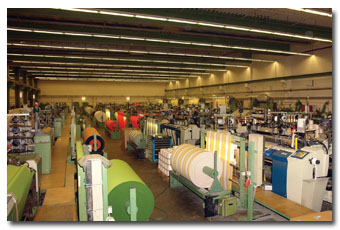
Figure 1: One example of the high practical benefit of the B.Data energy management system
is that it enhances the potential for energy savings because the slightest leaks in pneumatic
valves in the weaving mill can be determined very quickly.
Photo courtesy of Siemens AG
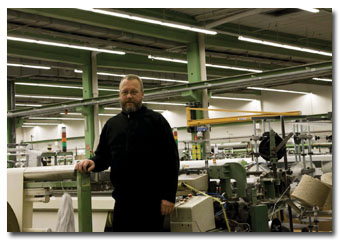
Figure 2: Norbert Gerling, head of Production Technology, Schmitz-Werke GmbH + Co. KG, reports,
“Energy optimizations can be implemented relatively easily with the current data plus the
corresponding evaluations.”
Photo courtesy of Schmitz-Werke GmbH + Co. KG
Energy Management With Many Analysis Options
Decisive factors for optimized factory operation are the appropriate meters for electricity,
steam, water, compressed air and gas. As many as 100 meters are distributed across the factory, and
their values previously had to be recorded on a largely manual basis, although some were already
recorded electronically for the building control system. In the short metering cycles, however,
some values were also lost in the building control system. “The problem until now,” Gerling
explained, “has been the difficulty of evaluating this energy information.” Until now, the data
were used exclusively for building control and could not be analyzed at all — or only at great
expense and effort, primarily because most of it was manually recorded. In order to be able to
perform a reasonable analysis of production data, it is not enough to make a note of meter readings
every month. One other disadvantage of manual recording is that employees who are engaged in
recording the meter readings are not available during this time to assist with the production
itself.
For this reason, Schmitz-Werke installed Germany-based Siemens AG’s Simatic S7 controller
for recording all relevant energy data and linked it via Simatic Net OPC servers direct to the
B.Data energy management system. Only with this solution is it now possible to record all measured
values and evaluate the energy-relevant data with ease
(See Figure 3).
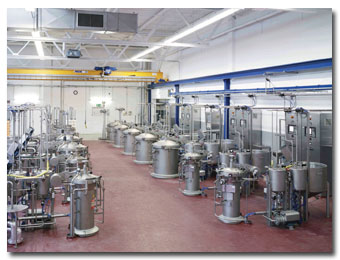
Figure 3: Due to the building management system, 150 data points were already present at
the beginning. Now, the energy management system is being expanded to the production level in order
to pinpoint further potential for energy saving.
Photo courtesy of Schmitz-Werke
With a full-capacity energy consumption of about 11 million kilowatt hours per year, every
percentage saved is worth a great deal of money. “Although in the past we have already leveraged
significant optimization potential by means of the building management system, I’m still reckoning
on saving an additional 5 percent by means of energy management,” commented the plant engineer.
Meanwhile, the new system already has paid for itself. He added, “Even after the first evaluations
in B.Data, we immediately noticed some high energy consumers that we were quickly able to optimize
using controller adaptations that were easy to perform and were therefore saving money right after
installing the program.”
One important topic regarding the intelligent recording of energy consumption, for example,
is the standby current that often is underestimated considerably in production plants. But leakage
in the compressed air supply also plays a significant role. The energy management system now
automatically records all relevant factors influencing energy flows within the plant. Even
individual process sections such as the tenter frame, where high-tech materials are created by
finishing textiles, are now “wired”
(See Figure 4). This already means there are 150 data — or measurement — points, and the
number is still rising.
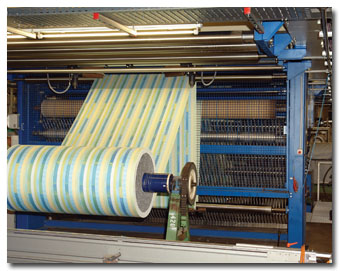
Figure 4: For particular plant sections subject to approval, such as the tenter frames, the
regional authority demands production journals. With B.Data, these can be prepared in no time at
all.
Photo courtesy of Siemens
Easy To Install And Use
Gerling has learned already how easy it is to install and operate the Siemens energy
management system. The in-house information technology (IT) department installed a virtual server
on the existing hardware. By remote access, Siemens then set up the program with basic parameter
settings. In the preparatory phase, this just required a consultation of a few hours. As Gerling
confirms, “The actual cost of installation for us can barely be measured, it was so small.”
Data exchange between the building control system, where most of the data are already
available, and the energy management system takes place with the aid of an OLE for Process Control
(OPC) server. This standardized, multivendor software interface is based on the Windows® technology
of the component object model (COM), distributed COM (DCOM), or on the extended markup language
(XML). Communication is by means of Ethernet. An independent ring system was also installed at the
Emsdetten works, to which a Simatic S7-315 2PN/DP controller with bus-capability was connected as a
head-end station to the data industrial personal computer (IPC), as well as several Simatic ET200S
distributed input/output (I/O) stations — all from Siemens — and individual meters
(See Figures 5a and 5b).
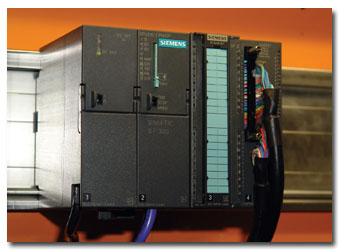
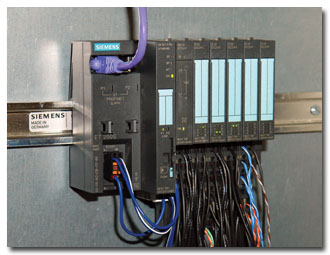
Figures 5a and 5b: The measurement points for the energy management system are polled by
means of an in-house ring system, to which the Simatic S7-315 2PN/DP controller and ET200S
distributed I/O stations are also connected.
Photos courtesy of Siemens
Gerling also regards as a great advantage the fact that the system operates with
standardized data formats. In this way, all energy data can be generated as standard reports on the
basis of Microsoft® Excel, saving time and presenting users with a trusted format. The required
evaluations can also be extracted easily from the program and sent by email to any recipients. At
Schmitz-Werke, for example, these recipients are the various heads of departments.
Creating One’s Own Individual Evaluation Screenforms
It is important that the durations, intervals and data points for the evaluations can be
individually parameterized. Gerling sees yet another plus point here for this solution: “We can
create the required evaluation screenforms all ourselves, so we don’t need any support from the
software manufacturer, which also recommends the system as a very economical solution for other
applications.” According to his experience, this operation is not so easily done for rival
products.
The importance of an individual adaptation of the energy management system is demonstrated
by the increased desire on the part of the regional authority for corresponding operating journals.
These journals must record daily and sometimes even hourly values, in order to be able to document
the environmental impact of the production processes on an uninterrupted basis. The Emsdetten
works, like many other operations, of course, operate systems that are subject to authorization. In
the case of wastewater, therefore, the temperature, pH value, flow rate and other parameters must
be capable of being displayed. Also, in the case of air conditioning, room temperatures or humidity
must be verifiable to comply with labor protection law. “With the new energy management system, we
have all of this information at our fingertips at any time,” Gerling said.
Simple Manual Input Of Measured Values
The important thing in this context is that even the readings of meters onsite — such as
sub-meters or the water, gas or electricity meters of the utility companies — can be entered easily
into the system by the boiler attendants, because an automated connection is not economically
viable for all meters at this time. The next time the meters are replaced, however, automatic
recording is planned here too.
The manual recording of the values in these cases is performed using a Web user interface.
Access to the system is password protected, which not only securely authenticates the operator, but
also ensures the traceability of the data for all operator actions.
At present, the processing technology in these works uses a software license for 500 data
points. A further aspect regarding the future capability of the solution chosen here is the
scalability: If it emerges in the course of time that a great deal more data need to be recorded,
the scope of the solution can be considerably extended. “In this context, of course, it is also
important to us that Siemens is a reliable partner that pays a great deal of attention to the
topics of energy management and data consistency, from the production level to the management
level,” Gerling added.
In the course of the requirements relating to energy management on the basis of DIN EN 16001
or ISO 50001, the investment in B.Data has been the decisive step. Those responsible at Emsdetten,
therefore, also want to create the basis for a certification in accordance with the Renewable
Energy Sources Act (EEG) by the end of 2012. “Our aim is, of course, also to save further money by
avoiding EEG levies,” Gerling said.
Energy Management Safeguards Production In Germany
Schmitz-Werke is known as a technical textiles manufacturer that also produces awnings and
blinds. Many years ago, it invested in a building management system to enable it to operate the
factory in the most energy-conscious manner possible. With the installation of its own energy
management system — the modular and industry-neutral B.Data energy management system — including a
three-day training course for the users, the next step has now been taken: The energy data of the
building can be analyzed intelligently and individually for the first time, revealing further
potential for energy saving. What started with the monitoring of auxiliary processes should
gradually work its way through the entire production process. The aim is to be able to produce more
economically through environmental awareness and thereby safeguard Germany’s position as a textile
producer. B.Data is ideally suited to this purpose, as Gerling’s comment makes clear: “It enables
any company to determine much of its energy-saving potential very easily.”
B.Data Energy Management System Capabilities
- Flexible data acquisition by connecting to subordinate measuring systems, or via process
visualization systems such as WinCC or process control systems such as PCS 7 - Applicability for all types of energy — including gas, steam, water, and electricity
- Trend analysis: graphical analysis of historical and online data
- Energy balancing, including reporting: transparent energy and material accounting on a
cost-by-cause basis - Emission monitoring, for example, carbon dioxide (CO2) balancing
- Transparent reporting based on Microsoft Excel
- Long-term archiving of the collected energy data
- Calculation of key data and key performance indicators (KPI)
- Precise display of the tariff models — regardless of their complexity
- Versioning of models: calculation of new contract structures and tariff models with real data
from the past - Basic data generation for forecasting and advance planning of future energy needs
- Transfer of energy data to higher-level management systems, such as SAP
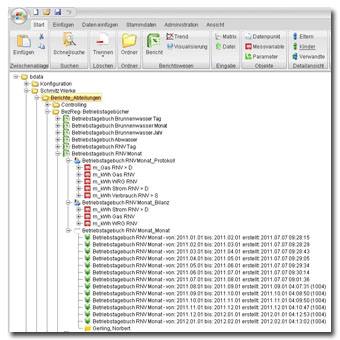
Figure 6: B.Data offers a clearly structured user interface. With measurement points whose
calculation methods — which extend up to energy reports — are easily traceable for users, the
configuration of the energy system itself is manageable and expandable.
Photo courtesy of Schmitz-Werke
Editor’s note: Carsten Schmidt is marketing manager, HMI and energy management, with Siemens
AG, Industry Automation, Industrial Automation Systems.
Rudolf Traxler is manager, industry automation software, energy management, with Siemens
Industry Automation, Industrial Automation Systems.
Ulf Vesper is an energy management consultant with Siemens Customer Services.
June 19, 2012




